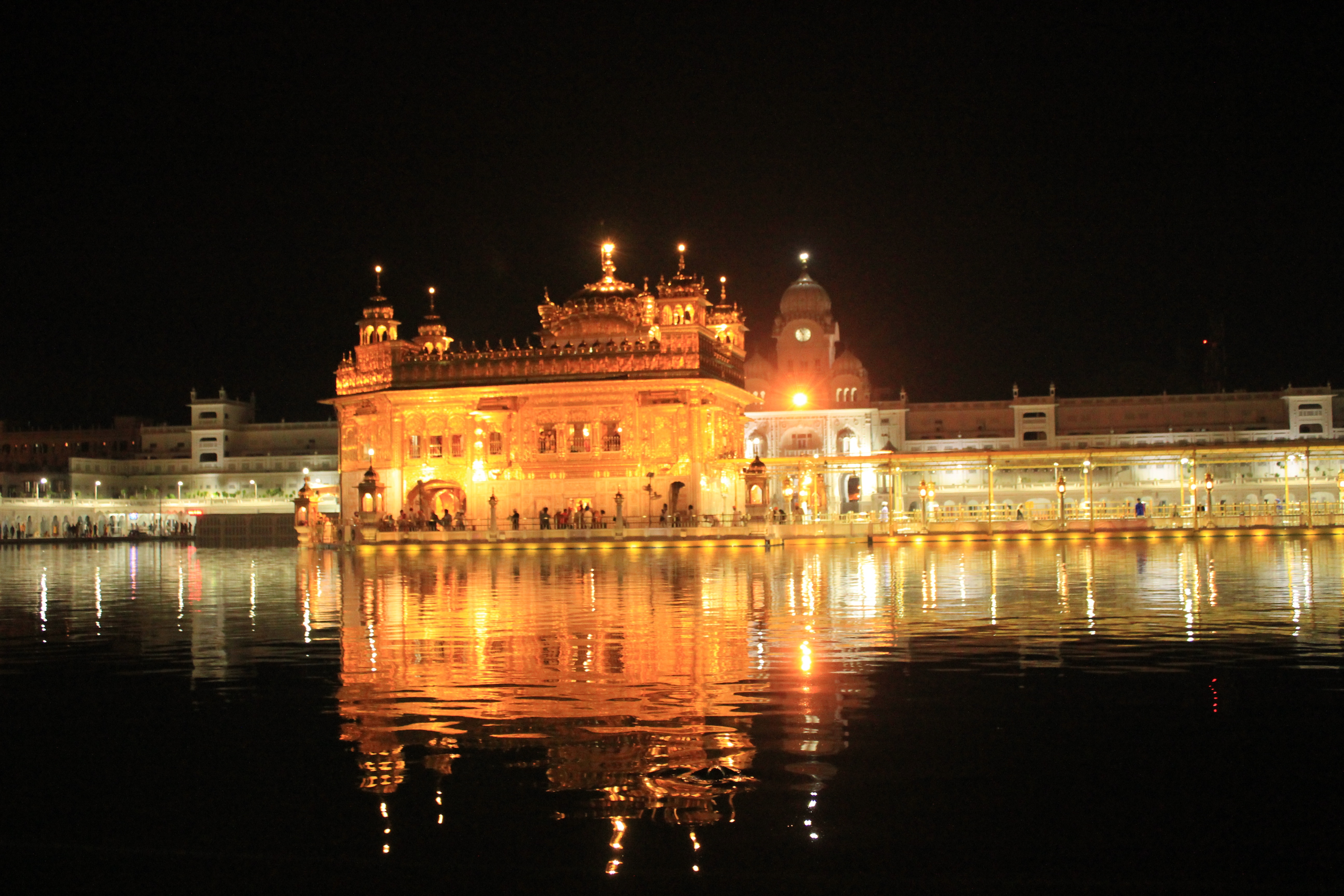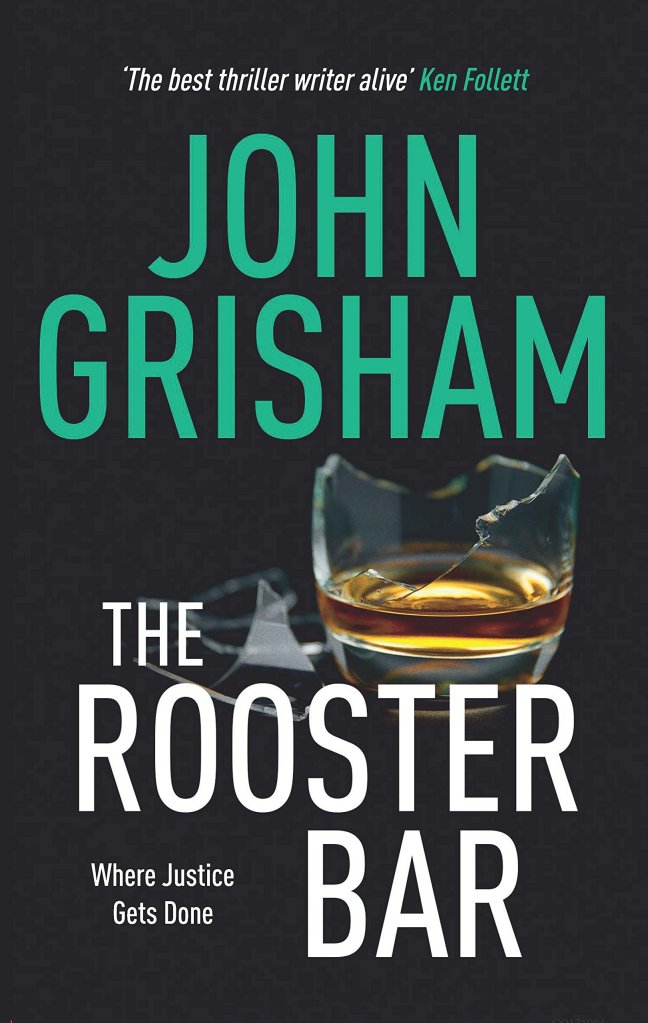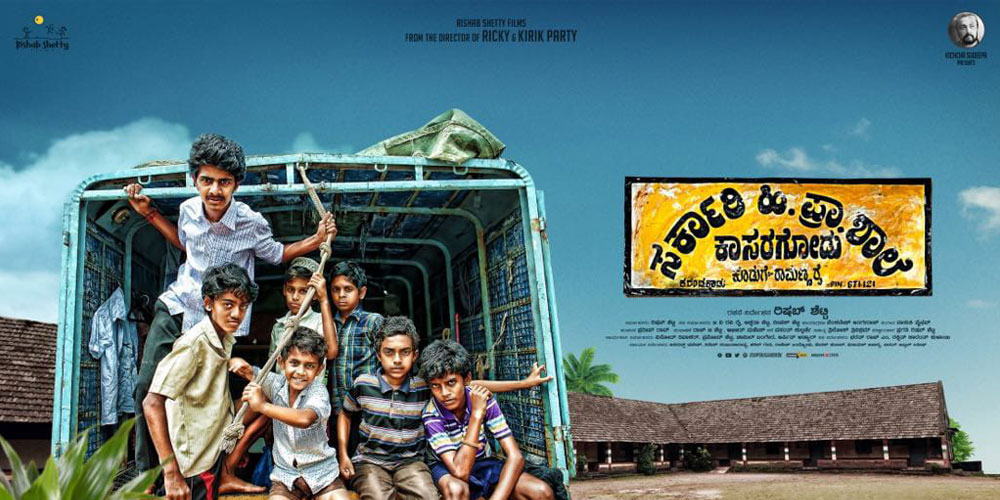My decision to wear a ‘Khada’ (Metal bangle worn on the wrist) was born out of my quest for creating a definitive style for myself during my post-teenage years. There is nothing religious about it. The ‘Khada’ was sourced from a Gurudwara in Chandigarh through my parents while on their trip. Later I had few more sourced, through my parents again, from the Golden Temple at Amritsar.
My parents have visited the Golden Temple at Amritsar a couple of times. After each visit, they have had only words of praise for the place of worship. They are of the opinion that if there is one place of worship, in India, that should not be missed then it is the Golden Temple of Amritsar. Even if it were not for my parents’ suggestion, it was definitely on my list of places to visit. The visit did happen in the month of September-2014.
I have been to many places of worship, of different faiths, across India. Though these places are built for various faiths and Gods, there are certain aspects that are common to most of them – Commercialization & Unclean premises. Some of these places have created complicated procedures to ensure that the devotees thronging the place go through long lines, waiting for hours to catch that lightning glimpse of the subject of their devotion. It has been made to believe that the struggle that the devotees go through is a form of devotion by itself. Some of these places have made it a habit to segregate devotees on caste lines and even serve the meals separately in different halls. Some of these places are so filthy, that the moment someone steps out of the place devotion is instantly replaced with a strong sense of nausea. But none of these places have had any problems making money – from setting up multiple ‘Hundis’ (Donation Boxes) across the premises to leasing out to shops selling anything in the name of religion and God. Some have created a brand out of the place of worship and have diversified into Restaurants and other commercial ventures. In one place of worship in Tamil Nadu we were forced to “donate” 10 Rupees each into the ‘Aarti plate’ by the priest, without which he refused to distribute the ‘Vibhuti’ (sacred ash) and ‘Kungumam’ (Vermillion). In one place of worship in Karnataka, my father and I were led into different queues because of one wearing ‘the thread’ and the other ‘not’. I stopped wearing the thread around my torso sometime after that incident. Money is never a constraint or struggle for most of these places.
I may be Agnostic, but I have my strong views on how one should facilitate the meeting of a devotee to his/her subject of devotion. The devotee should not be harassed and made to sweat it out like it were his/her last days on this planet. Only a nominal amount of money should be procured from the devotee that shall be used solely for the maintenance of the premises and the proceedings. Devotees should not be rushed through and pushed through narrow lines between barricades; they should be allowed to move around at their will in silence and devotion. To this effect, even the people have to co-operate and maintain a certain amount of dignity in their devotion.

The Golden Temple complex at daytime
When I entered the Golden Temple, it was almost the place of worship that I wished it to be. There are rules to be followed here – followed by everyone. Everyone, without discrimination, was asked to remove their footwear and hand it over to the volunteers in the counters near the main entrance, who accept it with a smile on their lips. It’s a service that they do and they do it with happiness. Next, everyone is asked to cover their heads – men, who don’t wear a turban, can wear a handkerchief or a scarf and the women are required to cover their head with their Dupatta or portion of their Saree or a scarf. The third and the last rule before entering the temple courtyard is to go through a shallow pit filled with water to cleanse the feet. Someone who does not adhere to any of these rules is immediately approached by volunteers, like out of thin air, and requested politely to do so. There is no grumble, intimidation or high-handedness. Once inside the courtyard, it’s a visual treat (especially in the evening hours). The expanse has a ‘Sarovar’ (pond) in the middle which houses the main Temple. The corridors around the pond are laid in pristine white marble, which has a carpet running in the middle the entire length. People indulge inside the Temple complex in their own ways – some enter the pond and “cleanse” themselves, some take a brisk walk around the pond, some head directly to the main temple and some admit themselves into volunteering activities.
There are volunteers who are involved in maintenance activities, round-the-clock, across the premises. From collecting footwear at the entrance to cleaning the marble floors of the premises to cooking and serving meals at the ‘Langar’ (Community Kitchen) – the volunteers are everywhere. There are also regular staff of the Golden Temple who along with the traditional guards (dressed in Blue or Saffron, wielding a spear) ensure that there is nothing or no-one out of place. The guards too are not obstructive; on the contrary they are hardly visible. I had found a nice spot and fished out my tripod, fixed it nicely on the floor and started taking pictures of the beautiful Temple in the night. After a few minutes, a guard dressed in Blue approached me and enquired in a soft and measured tone, as to whether I had taken a permission from anyone for using the Tripod (Photography is permitted in the Temple complex; using a Tripod inside the premises requires a permission, I was told). When I answered in negative and explained that I didn’t know that I had to have a permission to use a Tripod, he replied with a smile and asked me not to worry. He told me that it was just a ‘customary permission’ that has to be procured from the office room. It was hard for me not to compare this treatment with the treatment meted out in other places of worship that I have visited, which have a rate card with a different rate for using the ‘Still’ camera and different rate of ‘Video Camera’ and lately they have added ‘Mobile Camera’ too!

The Golden Temple in the Night
The Temple complex is like a painting when viewed in the evening hours. I was fortunate enough to enjoy the beauty on a clear night sky. The pond with its near-still water reflects the image of the golden structure, if viewed from certain angles. The real with the reflected image on the water, with a thin almost invisible line is a treat to the eyes. When one enters the sanctum sanctorum, the golden glow is all around. The storeyed structure with a hollow main space, houses the holy ‘Granth’. Narrow spiral staircases lead to the upper stories from where one can look at the grandly secured and decorated ‘Granth’. This place is silent, but for the sacred chants of the guardians of the holy book and all one can do is watch everything in the milieu in awe.
The other important part of the Golden Temple is the ‘Langar’ – the community kitchen. I am not sure about other Gurudwaras in the world, but in here food is served to ‘One and All’ around the clock. The kitchen also is mostly run by volunteers, from cooking to serving the food to washing the utensils. Everything is done is an orderly fashion. People do not rush into the hall, like elsewhere. The streaming line of people are welcomed by volunteers handing over the dishes to have food with – a plate, a bowl, a spoon. Volunteers in the hall guide the people to places in the hall where they are made to sit on a carpet neatly laid out on the floor. Once seated the food – Roti (Indian bread), Dal (Lentils) and Kheer (Sweet porridge), is served again by volunteers. The other rule one has to keep in mind in ‘Langar’ is that the Rotis have to be accepted by holding forward your hands in a cupped fashion. There is no limitation to the amount of food one is served. Also there is no one to urge you to hurriedly finish your meals as is the case with one particular place of worship in Karnataka. After the meals, we are required to carry the dishes to an area where it is collected from us by other set of volunteers, again with humility and smile. The food, though a simple fare, is gratifying, sumptuous and delicious.

Food served at the ‘Langar’

Volunteers Cooking and Washing at the ‘Langar’
Near the main entrance to the Golden Temple a nondescript board announces the existence of a ‘Sikh Museum’. The laborious collection is hosted on the first floor of the complex that runs almost across the entire length of the face of the main entrance. The museum chronicles the history of Sikhs and the Golden Temple in detail; at times in gory detail. The museum also hints at the troubles that still exist between the different factions that frequently, even now, take to arms against each other. This factional disturbance is like a small dry twig in the midst of a delicious meal that leaves a small but bad taste. Nevertheless, the museum is worth a visit for its huge collection.
To sum it up, the visit to the Golden Temple at Amritsar is one of the most cherished memories of my life. Though I cannot still call myself to be attracted towards ‘Theism’, I was content at visiting a place of worship that is sans commercialization, filth and all that is Ungodly. If one has a desire to see all the beautiful places in India, kindly add the Golden Temple to the list, if it is not already. If there is no such list, create one that includes the Golden Temple that is formally known as the ‘Harmandir Sahib’.
Posted in Travel

















Recent Comments